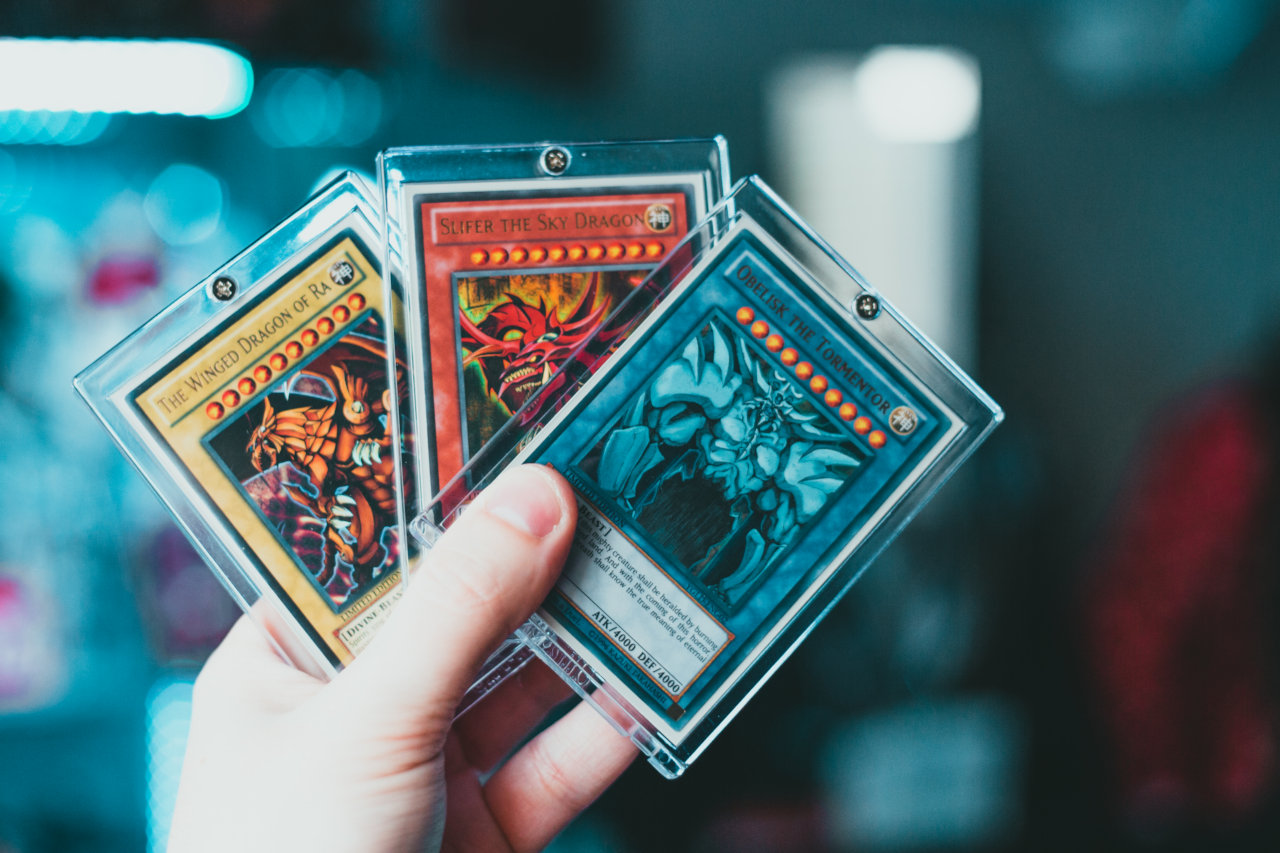Yu-Gi-Oh! TCG is one of the most popular collectible trading card games in the entire world. It was released in 1999, and since then, has developed a cult following.
There are two main types of Yu-Gi-Oh! card games:
1. OCG (Original Card Game) is the Yu-Gi-Oh! version marketed and released in Asia.
2. TCG (Trading Card Game) is Yu-Gi-Oh! version marketed and released in Europe and North America.
Both games have different rules and different ban lists. This article will offer you a complete beginner’s guide for Yu-Gi-Oh! TCG.
Your First Deck
To get started, you need to buy a deck. As a beginner, it’s worth buying one of these four starter decks: Yuya, Space-Time Showdown, Xyz Symphony, and Link Strike. Any one of these decks will work. A starter deck is made up of 40 pre-selected cards. Start decks also come with a beginner’s guide and a Yu-Gi-Oh! TCG game mat. The decks contain a variety of different cards.
You could also consider buying a structure deck, which is a deck carefully prepared with a specific strategy in mind. A starter’s deck will need modification, whereas a structure deck does not.
Locating Yu-Gi-Oh! Players
The best way to learn how to play Yu-Gi-Oh! is to immerse yourself in the Yu-Gi-Oh! community and meet other players. You can locate players virtually anywhere. Tournaments take place regularly, online and offline. Card shops will host game nights, where you can challenge other players. Once you involve yourself in the community, you will never be short of things to do.
Preparation
Before you head out to meet other players, it’s worth preparing a little. Buy yourself some duelling mats instead of using the flimsy paper ones found in the Yu-Gi-Oh! boxes. You might also want to buy yourself duelling gloves, which are very popular among players. They help to preserve your cards and prevent grease or sweat from getting onto them.
Rulebook
It’s always good to read the rulebook through before you go out and play with other players. It’s likely you’re going to run into very experienced players, so if you make a single mistake, they’ll call you up on it. Most decks come with rulebooks. However, if you buy an older deck, then the rules could be outdated. It’s best to read the official rules on the Yu-Gi-Oh! website. They’re up to date and will tell you everything that you need to know.
The Types of Cards

Monster Cards
Every deck’s base is monster cards. Monster cards are typically a light yellow color, though effect monsters are dark orange to distinguish them from regular monsters. These cards do the fighting. You can’t play without them. Monster cards are summoned to the field or set to the field. When a monster is summoned, the card is played face-up, with the card’s top pointing toward your appointment. When your monster is set, it is placed face down, pointing sideways.
Monsters have five statistics: type, attribute, attack, level, and defense. The types are a fairy, dragon, spellcaster, thunder, fiend, fish, aqua, sea serpent, pyro, warrior, machine, beast, lizard, and beast-warrior. The attributes are pictured on the card’s upper right corner. They are light, dark, fire, earth, wind, and water. The monster’s level is the number of stars pictured on the top of the card.
Magic Cards
Magic cards are typically a sage color. There are five different types of magic cards: quick-play, normal, equip, continuous, and field. A quick-play card can be activated at any time. Normal cards can only be played on your turn. Equip cards are attached to a monster and give the monster bonuses. Continuous cards can be activated only on your turn, though their effect is active until the card is removed from the field. Field cards are similar to continuous magic cards, but usually, designate a specific attribute of a monster to power up.
Trap Cards
Trap cards are a light purple color. There are three types of trap cards: counter traps, continuous, and normal. They must be set on a field for at least one turn before activation, but once this has passed, they can be activated at any point. Counter traps are activated in response to the other player’s move, continuous traps, like magic cards, remain active, and normal traps are activated once, then placed in the graveyard.
Card Collecting
Once you’re more familiar with Yu-Gi-Oh! then you can begin collecting rare cards. It’s not advisable to spend money on expensive cards until you know how the game works, and you’re familiar with the cards themselves.
Yu-Gi-Oh! is a lot of fun. If you’re new to the game, then you’re sure to have a good time. Hopefully, with this guide, you will feel confident enough to get started.





